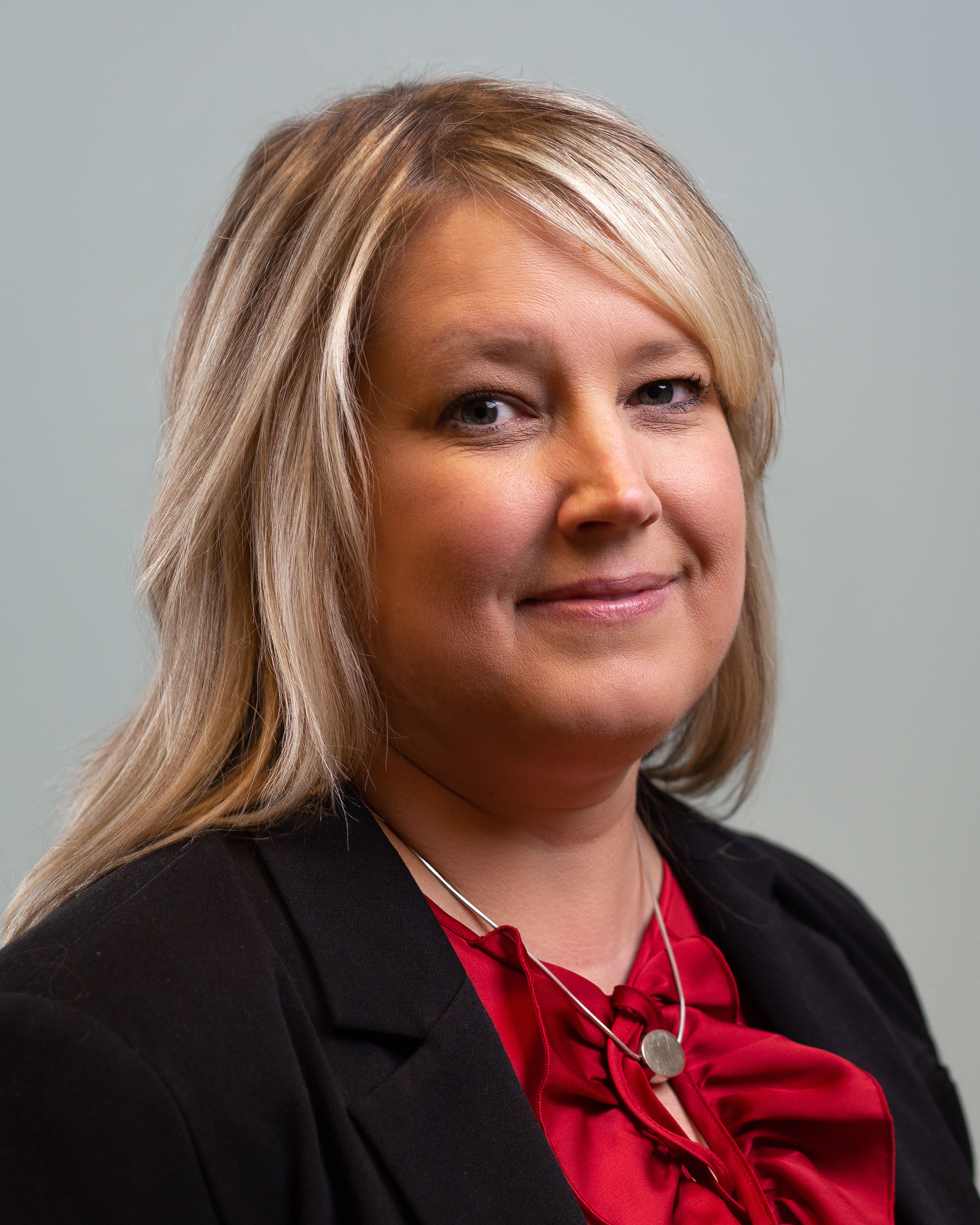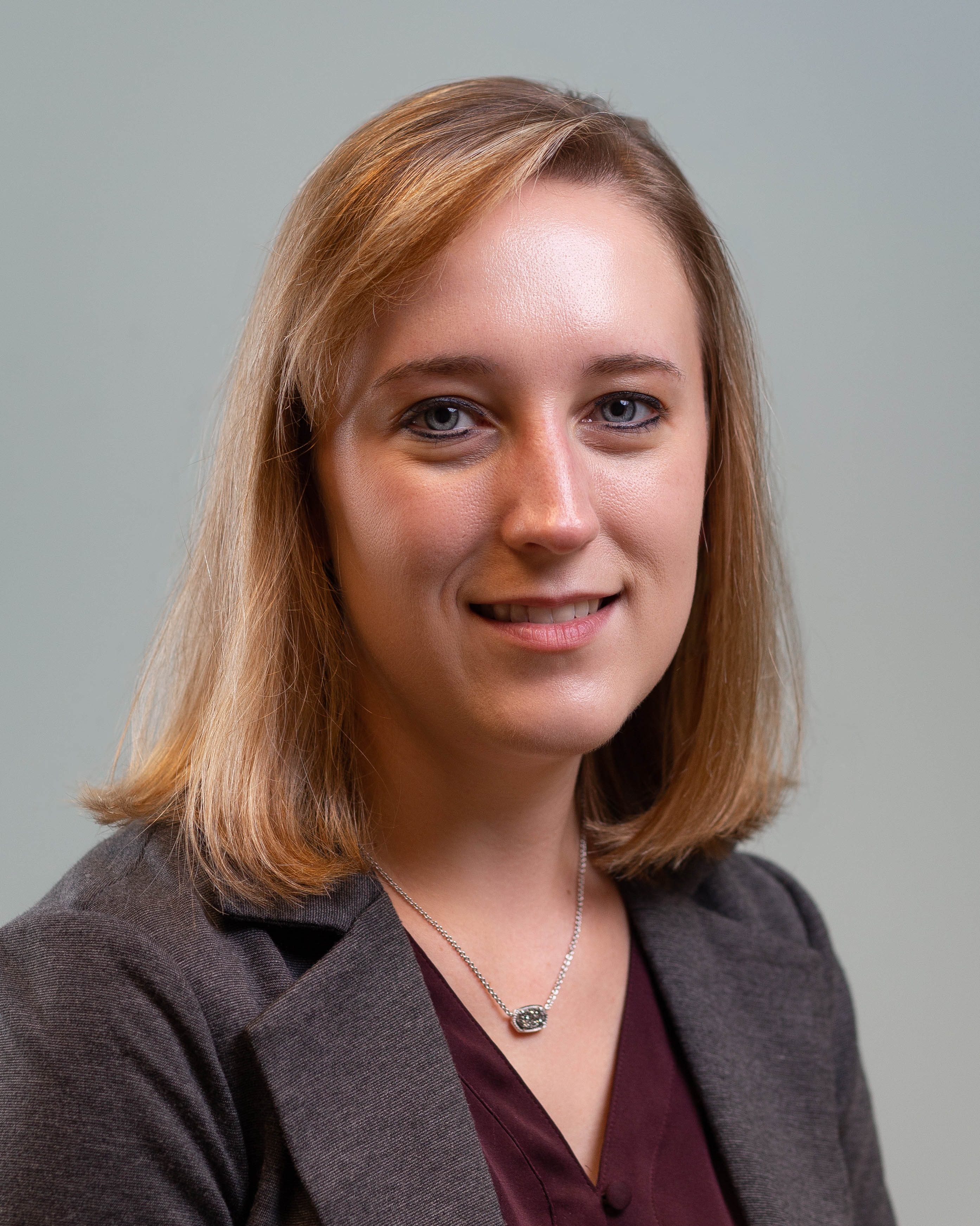
PhD Phenomenon
by David Gerad
Ohio State’s PhD nursing program is thriving.
That’s not the case for PhD programs everywhere, according to the American Association of Colleges of Nursing (AACN), which reported that doctoral nursing programs, especially PhD, have declined nearly 10% since 2014. However, at Ohio State the number of applicants has grown steadily, as has the size of the program.
“Our faculty’s engagement in the scientific community and their dissemination of work is a huge factor in our success here. We’re very fortunate at Ohio State given the depth of our active and successful faculty with strong programs of research,” said PhD Program Director Rita Pickler, PhD, RN, FAAN. “In addition to our world-class faculty, I also attribute our success to the excellent students who are setting themselves up for successful postdoctoral opportunities and longterm careers.”
All of our current PhD students have received funding to support their dissertation research and all are being published in important scientific journals, according to Pickler. “Our students have experienced around a 65% success rate for all grant applications over the last five years,” she said. “All of our students at the dissertation stage have received some funding both from prestigious small and large agencies, including a very high success rate for NIH National Research Service Award F-31 fellowships.” These F-31 fellowships provide dissertation and institutional funding, tuition and a living stipend.
Stephanie Sealschott and Laura Beth Kalvas exemplify the standout students in the PhD program. We asked each to tell us more about her research, inspiration and educational journey.

Stephanie Sealschott, MS, RN
“Before I started my program, I developed a passion for working as a bedside nurse in the Neonatal Intensive Care Unit (NICU) at Cincinnati Children’s Hospital and knew that neonates were the population I wanted to focus my career on, working with them and conducting my research with them to hopefully make a difference,” said Sealschott. Now Sealschott is recruiting for her research at Nationwide Children’s Hospital. She is in her fifth year in the program and, besides securing funding, has contributed to publications in infant neurodevelopment with Pickler.
Sealschott worked as a research nurse in Cincinnati from 2012 to 2015 for Pickler, who was then Scientific Director of Nursing Research at Cincinnati Children’s Hospital Medical Center. Pickler strongly encouraged her to return to school for her PhD. Both were surprised and delighted to be working together again at Ohio State.
“I live in Cincinnati and commute to Columbus. While going to a university in the Cincinnati area would have been easier, they did not have the opportunities or the support that Ohio State did, especially the T-32 fellowship, which paid my tuition and gave me a living stipend for the first three years of my program,” said Sealschott. “The best part is that after I decided to enroll at Ohio State, I heard Dr. Pickler was moving up to Ohio State, too.”
Sealschott is studying the symptoms of infants suffering from neonatal abstinence syndrome (NAS). Her subjects are infants who are less than one week old, have been exposed to opioids during pregnancy and experience drug withdrawal after birth.
“NAS babies develop a cluster of symptoms that affect their ability to calm, feed and bond with their parents. In many situations, treatment includes putting the infants back on opioids, often morphine, to reduce their symptoms and then wean them off slowly again,” said Sealschott. “This approach has not changed drastically over the last 40 years, and there hasn’t been a lot of research on factors that may influence NAS symptoms.”
Sealschott’s dissertation study will focus on gut microbiota, or bacteria in the gastrointestinal tract, and the factors that influence symptoms. She is hoping to find that there are differences in the gut microbiota in NAS infants versus infants without NAS. She also hopes to find relationships between the microbiota present in the infant gut and the NAS symptoms being experienced. If the study is successful, it could lead to the development of interventions aimed at reducing symptoms and improving overall health for this infant population.
To conduct her study, Sealschott has secured about $10,000 in funding from organizations such as the Association of Women’s Health Obstetric Neonatal Nurses (AWHONN) and Ohio State’s Alumni Grants for Graduate Research and Scholarship (AGGRS). She is also one of two recipients of the first College of Nursing Dissertation Award.
“Thanks to the College of Nursing, I was fortunate enough to attend nursing science conferences (Midwest Nursing Research Society and Council for the Advancement of Nursing Science) where I was able to present my work, meet other nurse scientists, network with peers and obtain cutting-edge research knowledge,” said Sealschott. “It’s been an incredible experience at Ohio State; not only do we have expert faculty who are so supportive and insightful, but the college has presented me with great opportunities to enhance my skillset and education as I get closer to starting my career as a nurse scientist.”

Laura Beth Kalvas, MS, RN, PCCN
"Seeing patients suffering from delirium is hard. It affects the patient, their family and the nursing staff,” said Laura Beth Kalvas ('13), who is focusing her studies on sleep disruption and delirium in children under two years of age in the ICU at Nationwide Children’s Hospital.
She was first introduced to this condition when she was a trauma nurse at Riverside Methodist Hospital. A lot of the older adults she cared for there who came in for surgery would quickly regress and become very confused and agitated.
“Other nurses typically attributed these effects to older people coming to the hospital, but when I started looking into ICU delirium in grad school, I made a connection [between delirium and young children], and with Ohio State’s pediatrics-focused T32 fellowship combined with a lack of industry knowledge regarding delirium in children, I wanted to pursue it.”
Delirium is an abrupt change in the brain that causes mental confusion and emotional disruption. Patients experiencing delirium may have difficulty thinking, remembering, sleeping and paying attention. According to Kalvas, this condition is connected to cognitive decline/dementia in older adults and worse clinical outcomes.
“Babies may be able to recover from delirium, but we don’t know how this affects their cognitive function long term throughout their lives. Preliminary evidence in older children shows that they are experiencing hallucinations, which leads to symptoms of post-traumatic stress disorder,” said Kalvas. “I want to look at how the hospital environment is affecting patients, from sleep disruptions, lighting patterns and noises that patients in the ICU are experiencing to see if we can make any connections.”
Kalvas’ dissertation study will focus on collecting continuous measures of the environment and sleep for patients throughout their hospital stay. She will then look for an association between these exposures and delirium. If connections are made linking hospital conditions to delirium, Kalvas hopes to implement nurse-driven interventions to modify the ICU environment and promote sleep in order to reduce the chance of delirium.
Kalvas has also been very successful in obtaining grant funding for her program, with funds totaling around $22,500. She has received funding from many prestigious organizations including the National Institutes of Health/National Institute of Nursing Research, Ohio State Alumni Grants for Graduate Research and Scholarship, Sigma Theta Tau International, the Council for the Advancement of Nursing Science, Midwest Nursing Research Society and the American Association of Critical-Care Nurses.
Her favorite memory from the program so far: a trip to Switzerland with fellow Ohio State and international doctoral students. “We stayed in a cabin in the mountains where we discussed and received feedback for our dissertations, did grant reviews and generally learned a lot.”
“I’ve had such a wonderful experience in my program here … working with the faculty, especially, my advisor, Dr. Mary Beth Happ,” said Kalvas. “Not only does she have a great mind for research, but she and the other faculty have been so supportive of my funding opportunities, research and including me in publication opportunities.”
In this issue
- Message from the Dean
- The Coronavirus Pandemic Hits Home
- Big Dreams are Changing Healthcare in Honduras
- Scholarship recipient proud to pay forward
- Debbie Freece: A lifetime of friendship and support
- Buckeye Nurse-Midwives
- Heartbeat: Nursing students who march
- O-Heart-I-O
- Precepting Nurse-Midwives
- Celebrating Our New Books
- PhD Phenomenon
- Touching Many Lives: Katherine "Kitty" Kisker
- Raderstorf speaks at TEDxColumbus: SPARK
- Build your resilience for optimal well-being
